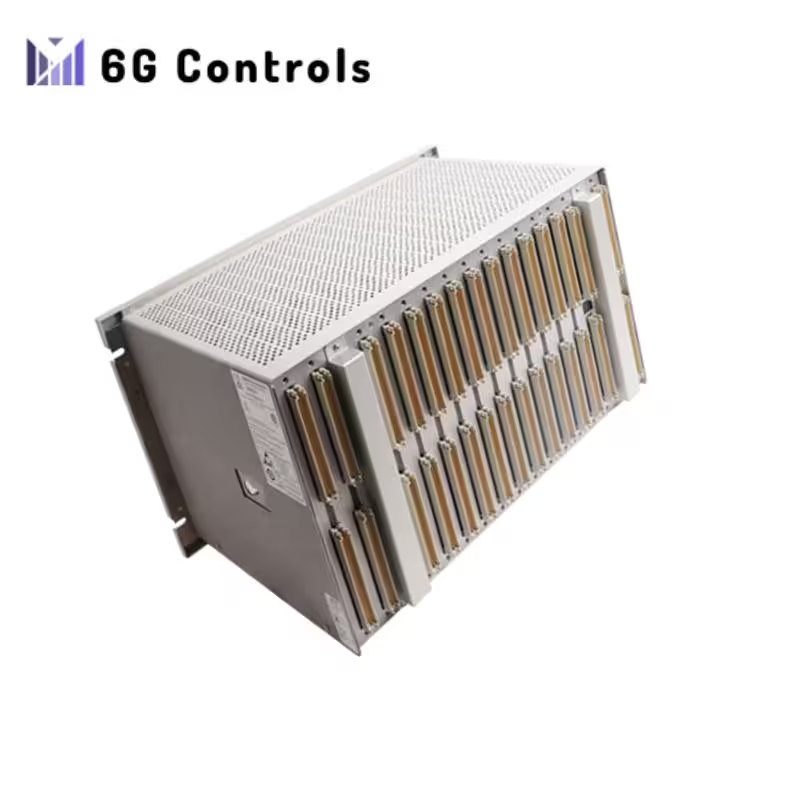
System Rack
System Rack
A system rack, also called a server rack or equipment rack, holds multiple electronic devices in a structured enclosure. It organizes servers, networking devices, and telecommunications hardware efficiently. Data centers, server rooms, and telecom facilities commonly use system racks.
Key Features
- Standardization: System racks follow industry standards, like the 19-inch rack standard, ensuring equipment compatibility.
- Organization: These racks help arrange and manage equipment, simplifying maintenance and troubleshooting.
- Space Efficiency: By stacking equipment vertically, racks optimize space in server rooms and data centers.
- Cable Management: Many racks include cable management features, preventing clutter and improving airflow.
- Cooling: Designed for proper ventilation, racks help maintain optimal equipment performance.
- Security: Locking mechanisms prevent unauthorized access, enhancing security.
Technical Specifications
- Rack Units (U): The rack’s height is measured in units (U), where 1U equals 1.75 inches (44.45 mm). Common sizes include 42U, 45U, and 48U.
- Width: Equipment typically fits a 19-inch (482.6 mm) width, though the overall rack width may vary.
- Depth: Rack depth depends on the installed equipment, ranging from 600 mm to 1200 mm or more.
- Weight Capacity: Racks support varying weights, from a few hundred to over a thousand pounds.
- Material: Manufacturers use steel or aluminum for durability and strength.
- Mounting: Racks feature mounting rails or holes, ensuring secure equipment installation.
- Ventilation: Many racks include perforated panels or doors to enhance airflow.
- Power Distribution: Built-in PDUs (Power Distribution Units) supply power to mounted devices.
- Cable Management: Features like tie-downs and cable trays keep wiring neat and accessible.
 6G Controls - Leading Supplier of New & Original PLC 、DCS Parts and Automation Controller
6G Controls - Leading Supplier of New & Original PLC 、DCS Parts and Automation Controller
.jpg?w=300&resize=300,300&ssl=1)




-jpg.webp?w=300&resize=300,300&ssl=1)





